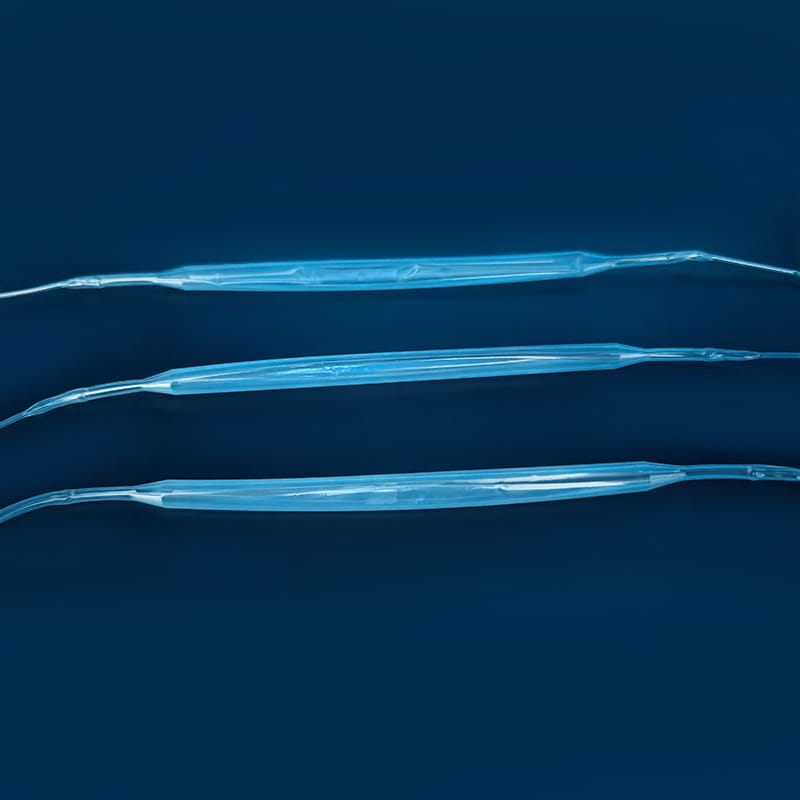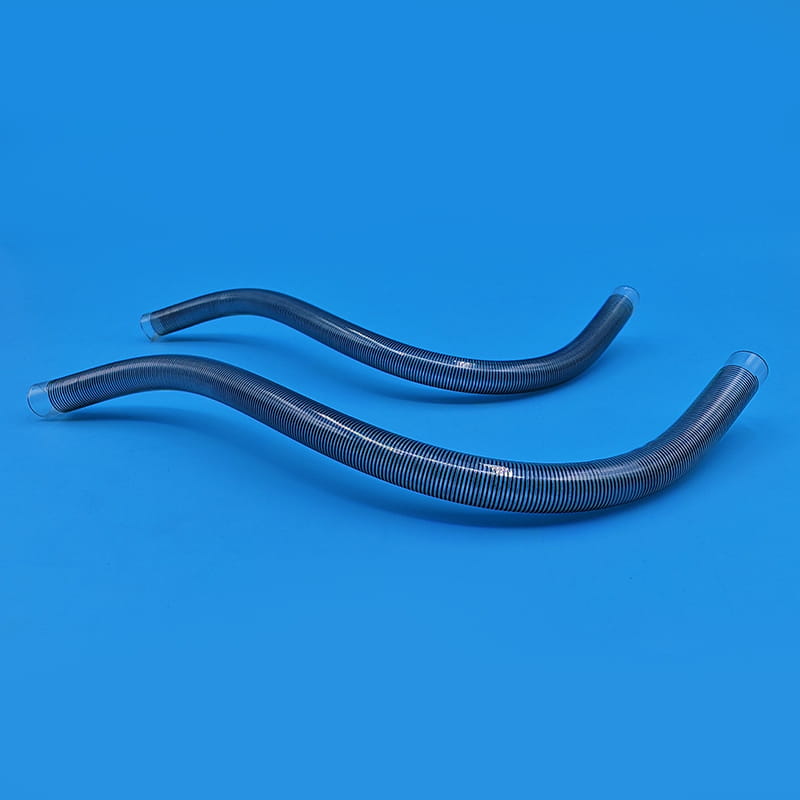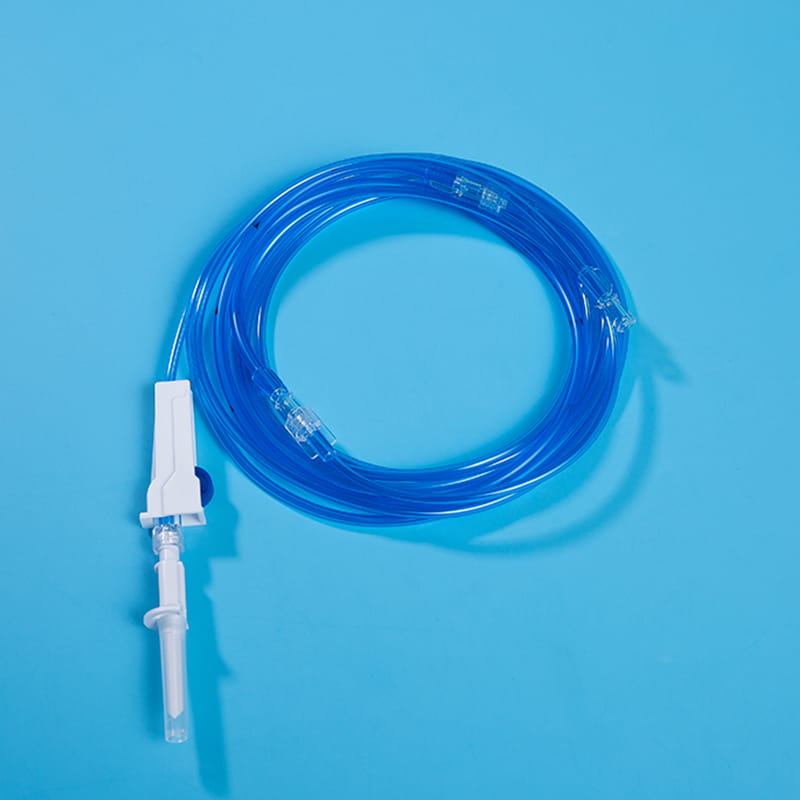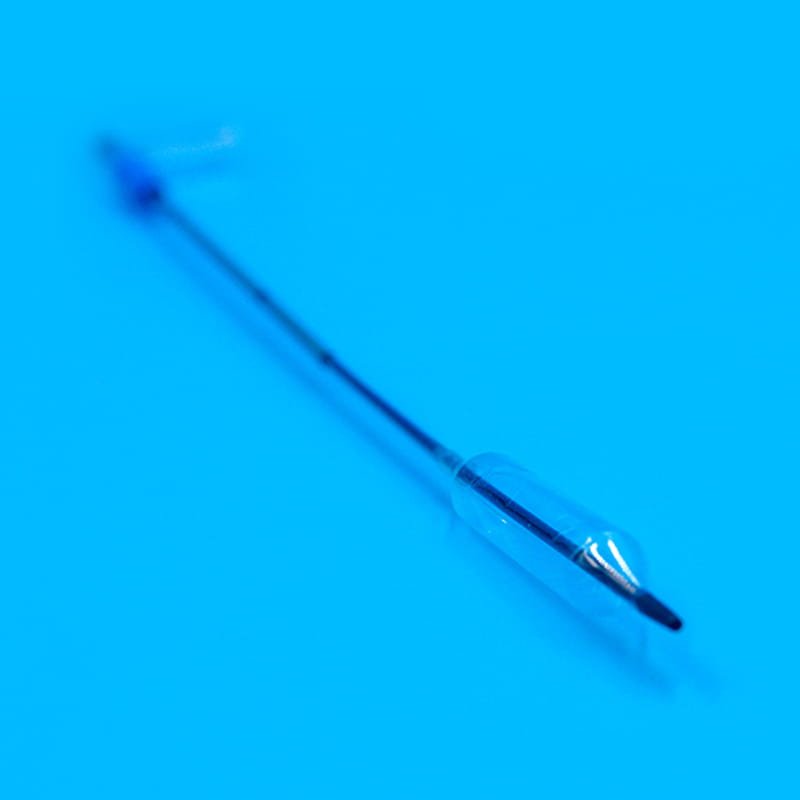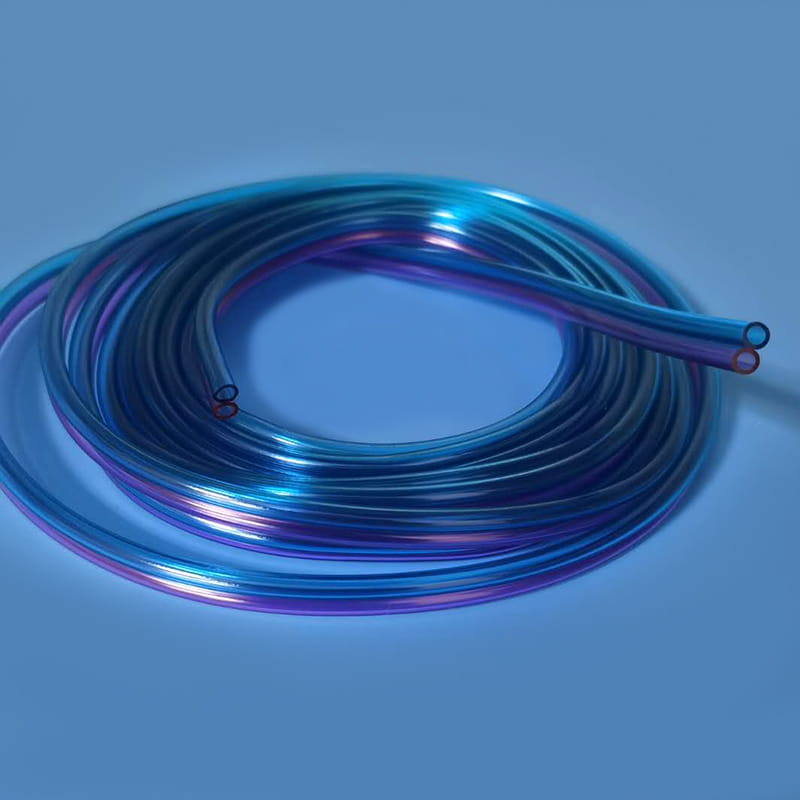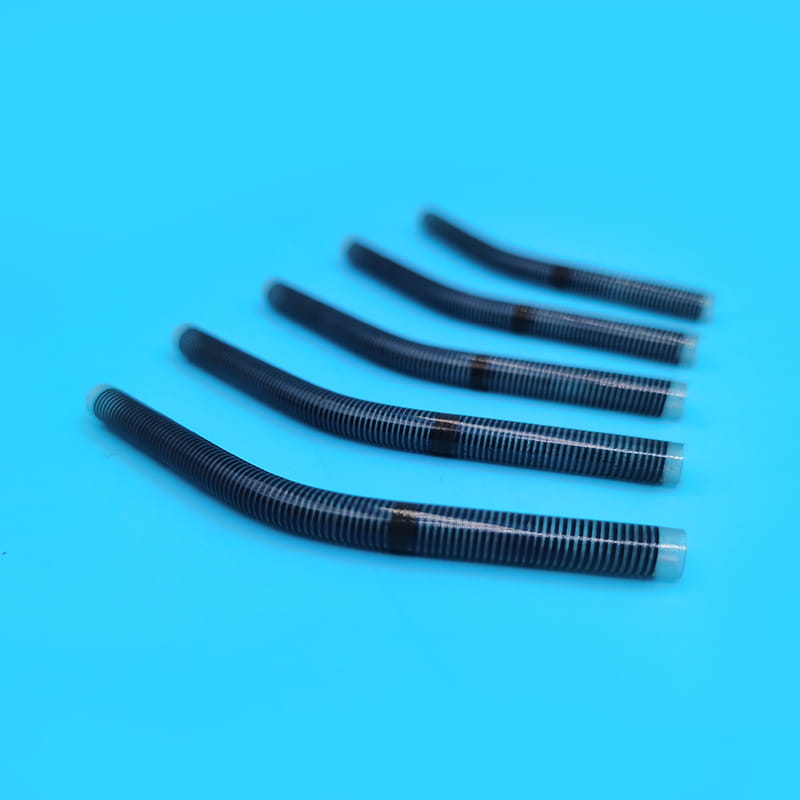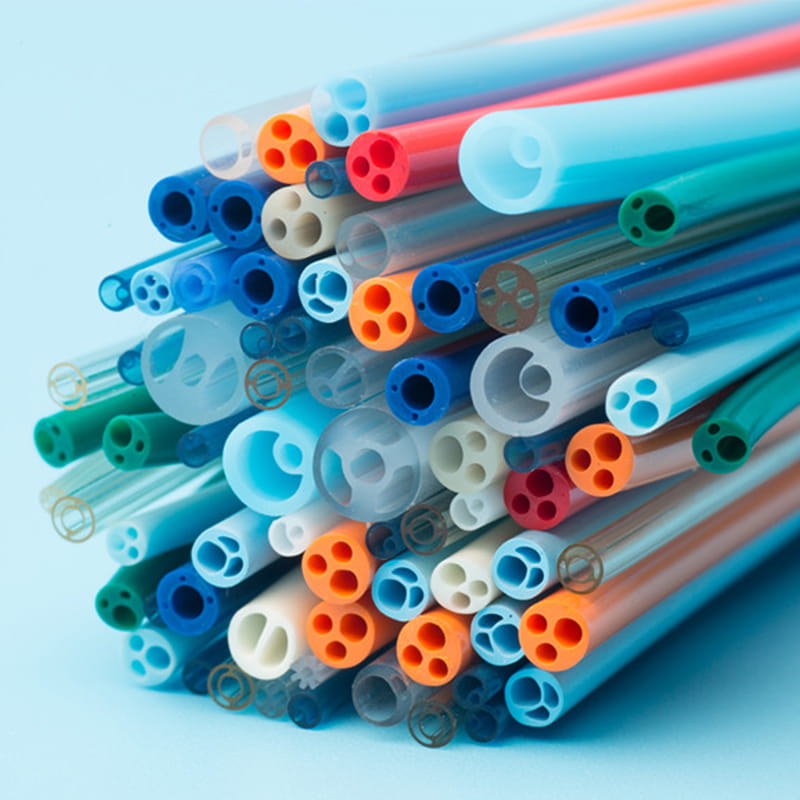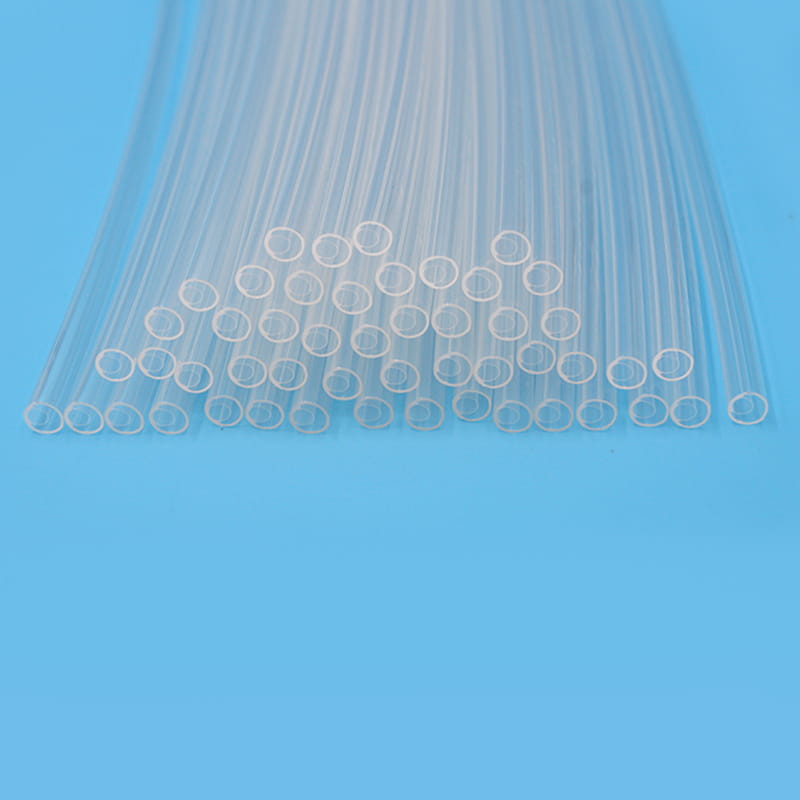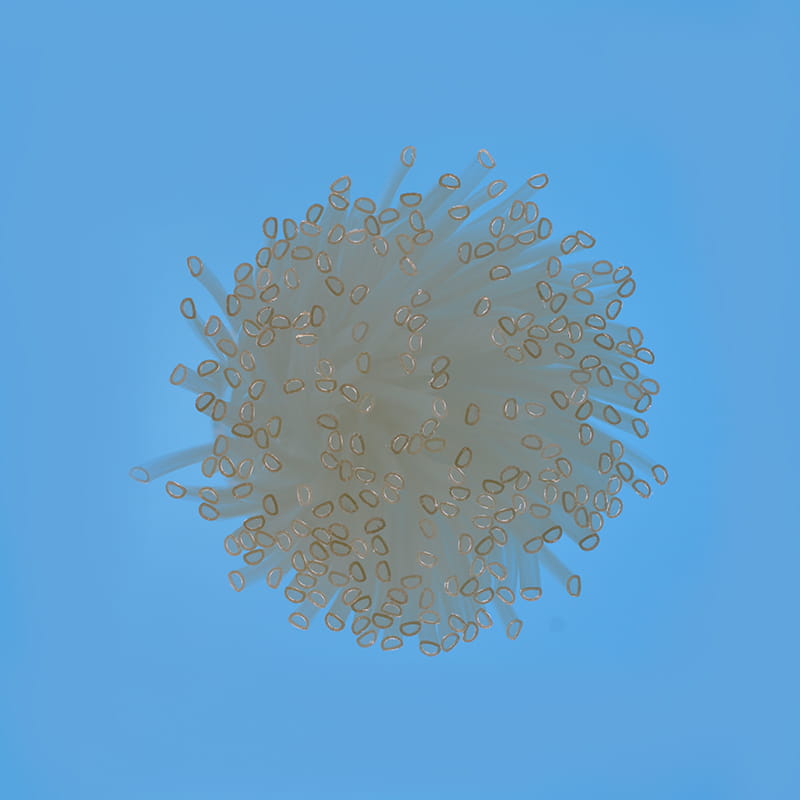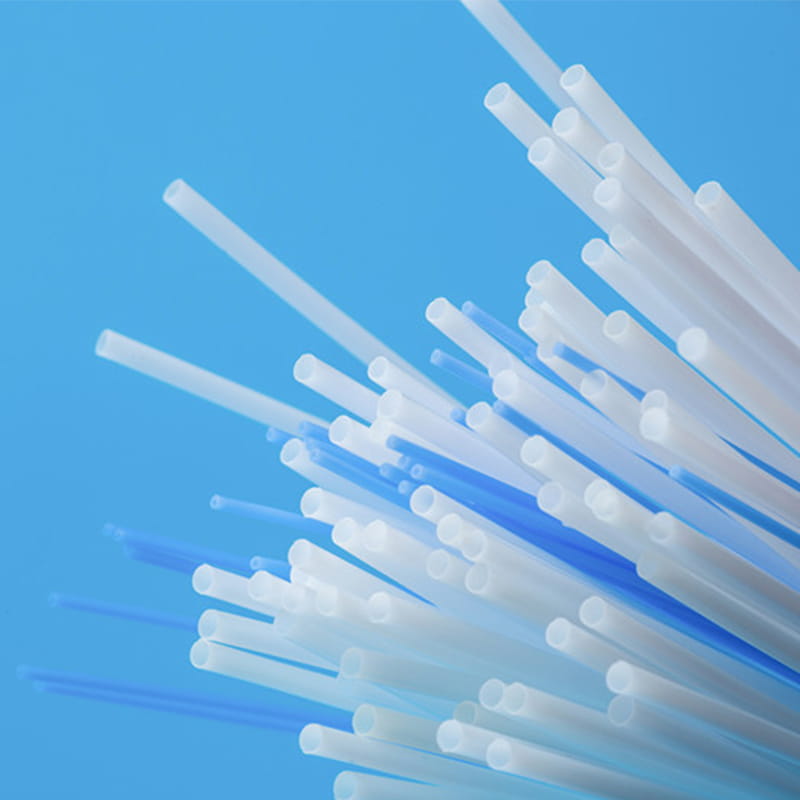Flexible Medical Tubing: Types, Applications, and Selection Guide
Introduction to Flexible Medical Tubing
What is Flexible Medical Tubing?
Flexible medical tubing, often referred to as medical flexible tube, is a vital component in modern medical devices and systems. It serves as a conduit for fluids, gases, or other substances between devices and patients, enabling precise control of flow and maintaining sterility during critical medical procedures. These tubes are available in a variety of materials, each tailored for specific performance needs such as flexibility, chemical resistance, and biocompatibility.
Importance in Modern Healthcare
The significance of flexible medical tubing lies in its broad applicability across multiple healthcare sectors. From infusion therapy and dialysis to minimally invasive surgery, it ensures efficient delivery and drainage processes while minimizing infection risks. As healthcare advances toward more patient-centered and high-performance systems, the demand for safe, reliable, and customizable tubing solutions continues to rise.
Overview of Key Properties and Benefits
The main benefits of medical flexible tube systems include:
Superior biocompatibility to ensure patient safety
Resistance to kinking and deformation during use
Compatibility with sterilization methods
Clarity for visual monitoring of flow
Flexibility across wide temperature and pressure ranges
| Property | Description | Relevance |
|---|---|---|
| Biocompatibility | Non-toxic, non-reactive with biological tissues | Essential for patient safety |
| Chemical Resistance | Resists degradation from drugs or cleaning agents | Increases product lifespan |
| Transparency | Allows easy observation of flow | Enhances monitoring accuracy |
| Flexibility | Maintains performance under stress | Ensures reliable operation in tight spaces |
Types of Flexible Medical Tubing Materials
PVC (Polyvinyl Chloride) Tubing
Advantages and Disadvantages
PVC tubing offers high flexibility, transparency, and cost-effectiveness. However, concerns about plasticizers and potential leachables have encouraged the development of alternative materials.
Common Applications
Used in IV lines, blood transfusion sets, and oxygen delivery systems where flexibility and clarity are critical.
Silicone Tubing
Advantages and Disadvantages
Silicone tubing provides biocompatibility, thermal stability, and chemical resistance. The main drawbacks are its higher cost and relatively lower pressure resistance.
Common Applications
Ideal for surgical drainage, implantable devices, and respiratory systems due to its softness and inertness.
Polyurethane Tubing
Advantages and Disadvantages
Polyurethane tubing combines strength, elasticity, and transparency. It offers better abrasion resistance than silicone but may have limited sterilization cycles.
Common Applications
Widely used in catheters, infusion sets, and wearable medical devices.
TPE (Thermoplastic Elastomer) Tubing
Advantages and Disadvantages
TPE provides flexibility similar to rubber while being recyclable and process-efficient. Its chemical compatibility may vary depending on the formulation.
Common Applications
Used in disposable medical tubing systems, respiratory circuits, and drug delivery lines.
Other Materials
PTFE and FEP tubing exhibit outstanding chemical resistance and temperature stability, making them suitable for highly specialized or laboratory applications.
Key Properties and Characteristics
Biocompatibility and Sterilization
All medical flexible tubes must comply with biocompatibility standards to avoid immune reactions or cytotoxic effects. They should withstand sterilization processes like autoclaving, gamma irradiation, or ethylene oxide treatment without compromising performance.
Flexibility and Kink Resistance
The tubing must maintain structural integrity during bending or compression. Materials like silicone and TPE excel in this area, offering smooth flow even in tight configurations.
Chemical Resistance
Resistance to various drugs, body fluids, and disinfectants ensures product longevity. This property is particularly vital for tubing used in infusion and dialysis systems.
Temperature Range
Different clinical settings require materials that remain stable under temperature conditions—from refrigerated drug storage to autoclave sterilization.
Clarity and Transparency
Transparency facilitates visual inspection of flow and air bubbles, crucial in intravenous and respiratory applications.
Regulatory Compliance
Compliance with international medical standards ensures product safety, reliability, and acceptance in clinical environments.
Applications of Flexible Medical Tubing
Drug Delivery Systems
Medical flexible tubes are central to infusion pumps and IV sets, ensuring accurate and sterile medication delivery.
Catheters
Used in cardiovascular, urinary, and diagnostic procedures, catheters rely on soft and biocompatible tubing for patient comfort and procedural safety.
IV Sets and Infusion Therapy
Tubing plays a key role in connecting reservoirs and needles, requiring high clarity and pressure resistance.
Respiratory Equipment
Flexible tubing in ventilators and oxygen concentrators must maintain airflow consistency and sterilizability.
Dialysis Machines
Durable and chemically resistant tubing is essential for blood purification circuits, ensuring biocompatibility and precision.
Surgical Drainage
Silicone and TPE tubing are preferred for post-operative drainage due to softness and inertness.
Laboratory Use
In analytical and diagnostic systems, tubing ensures precise transfer of reagents and samples without contamination.
Factors to Consider When Selecting Flexible Medical Tubing
Application Requirements
Define operational pressure, temperature, and contact media before selecting the material.
Material Compatibility
Ensure compatibility with fluids and sterilization agents to avoid degradation.
Size and Dimensions
Diameter and wall thickness affect flow rate and flexibility; precise sizing ensures reliable performance.
Pressure and Flow Rate
High-pressure applications require reinforced tubing to prevent bursting or deformation.
Sterilization Methods
Select materials capable of withstanding the sterilization process required by the application.
Cost Considerations
While silicone and polyurethane may have higher upfront costs, their durability can reduce long-term replacement expenses.
| Selection Factor | Material Example | Key Consideration |
|---|---|---|
| Sterilization | Silicone, PTFE | Must retain structure after autoclaving |
| Chemical Compatibility | TPE, FEP | Resistance to solvents and drugs |
| Flexibility | PVC, TPE | Ease of routing and manipulation |
| Transparency | PVC, PU | Flow monitoring capability |
Latest Innovations in Flexible Medical Tubing
Antimicrobial Tubing
Incorporation of antimicrobial agents helps reduce infection risk, supporting cleaner and safer patient care.
Bioconnectors and Fittings
New designs in connectors enhance fluid integrity, minimize leakage, and simplify assembly during clinical use.
Advanced Polymer Materials
Next-generation polymers offer improved mechanical performance and biostability while remaining lightweight and cost-effective.
Customization and Design Options
Manufacturers now provide tailored tubing configurations, including multilayer co-extrusion, color coding, and radiopaque features for better visibility under imaging.
Future Trends in Flexible Medical Tubing
Growing Demand for Minimally Invasive Procedures
As healthcare shifts toward less invasive solutions, flexible tubing with smaller diameters and higher precision will see increased adoption.
Increased Focus on Biocompatibility and Patient Safety
Emerging regulations emphasize reduced extractables and leachables, further refinement in material purity.
Development of Smart Tubing Solutions
Integration of sensors and conductive materials is paving the way for smart medical flexible tubes capable of real-time monitoring of flow, pressure, or temperature.
Conclusion
Summarizing Key Considerations
Selecting the right medical flexible tube involves evaluating its compatibility, sterilization tolerance, flexibility, and performance under intended conditions. Each material—PVC, silicone, polyurethane, or TPE—offers a unique balance between durability, transparency, and patient comfort.
For more information, please call us at +86-18913710126 or email us at [email protected].
Introduction to Flexible Medical Tubing What is Flexible Medical Tubing? Flexible medical tubing, of...
Introduction The medical balloon catheter is a critical device in interventional and surgical proced...
Introduction The medical flexible tube is a fundamental component in modern medical devices, designe...
Introduction In the field of modern healthcare, the medical flexible tube plays an indispensable rol...
Ni-Ti springs are functional components manufactured based on the properties of nickel-titanium shap...
Nitinol spring tubing has become a focus of attention in the medical device material field due to it...


